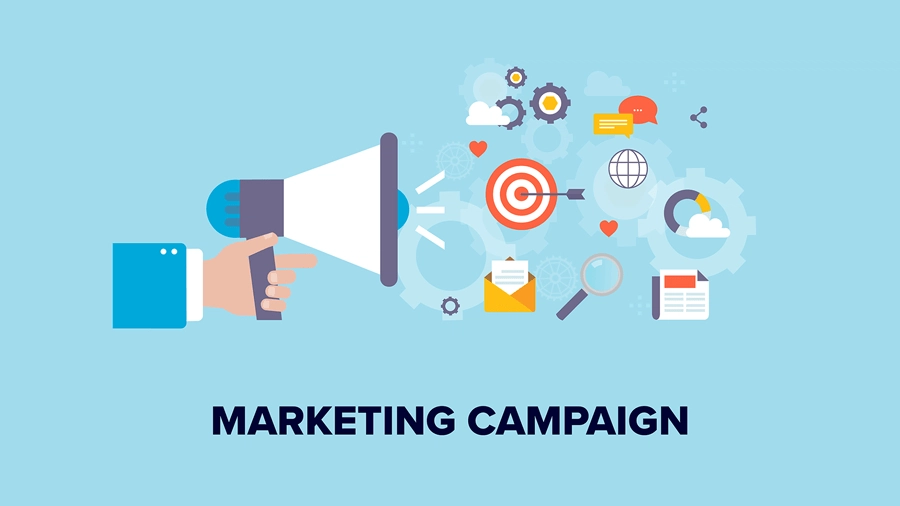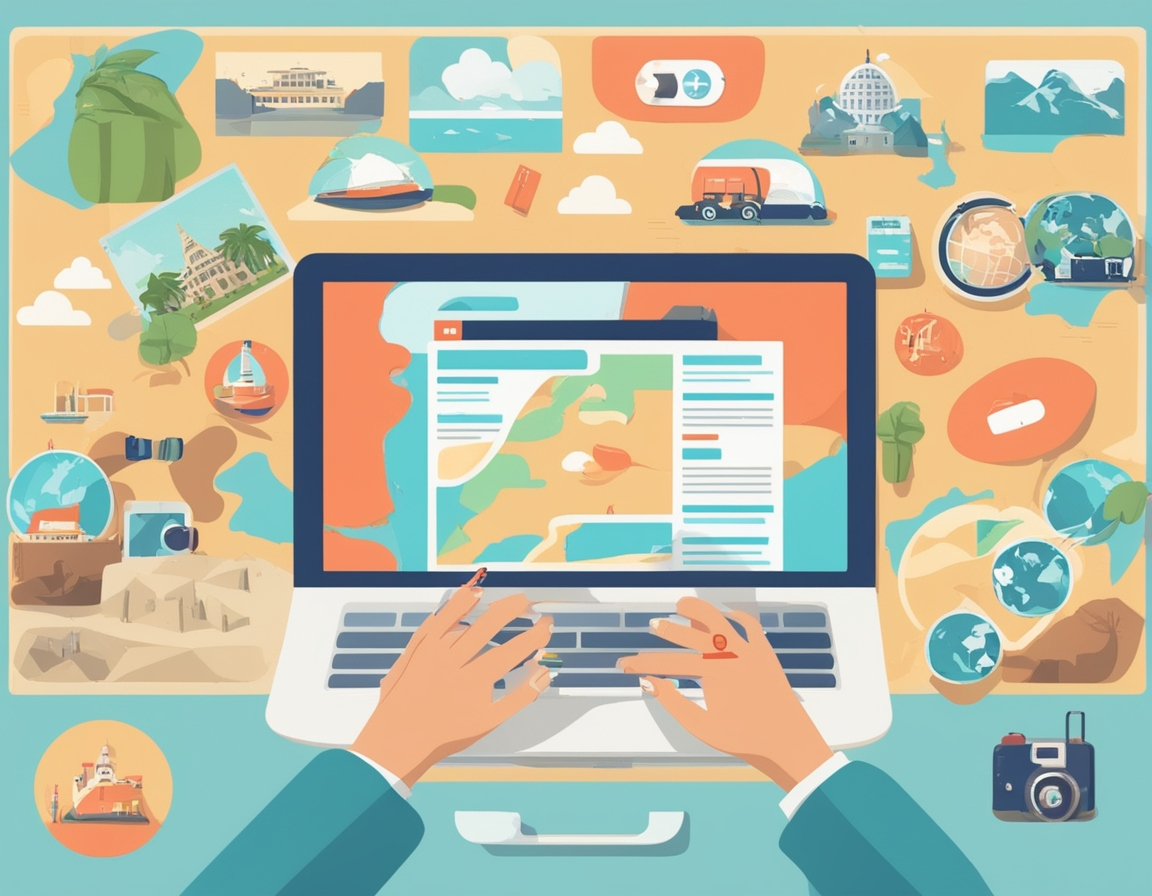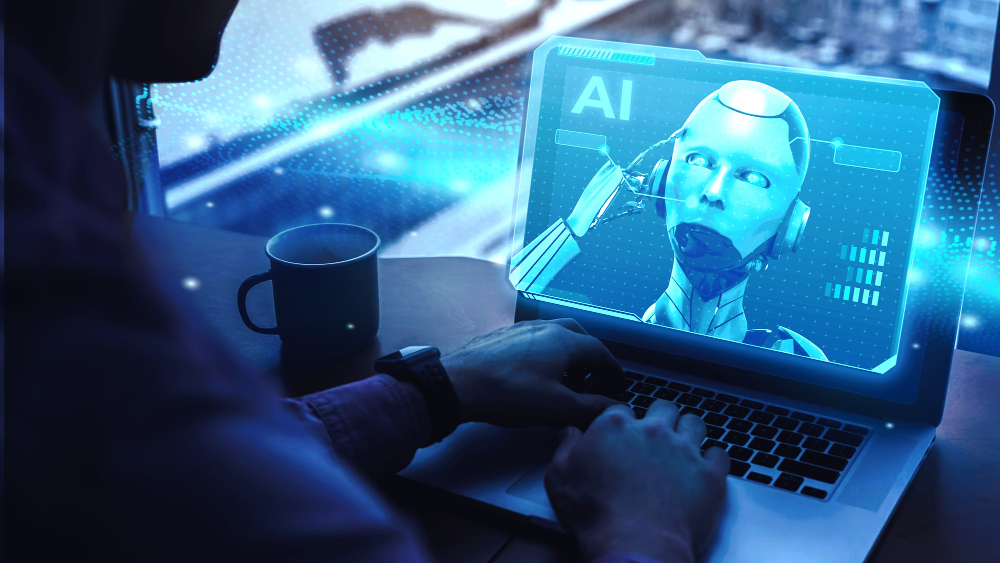
Future of Generative AI Video – 5 Use Cases
Generative artificial intelligence (AI) is a powerful tool. It has the potential to revolutionize video content creation. It allows for the production of high-quality videos with a personal device, not a Hollywood studio. This opens up new possibilities for creativity, personalization, and engagement. Traditional video production relies on real-world footage or animations. In contrast, generative AI video can create entirely new visuals. This has applications in storytelling, education, marketing, and art.
Generative AI video is being used in video and movie creation, influencer marketing, personalized education, and marketing. This domain offers new levels of personalization, automation, and innovation. However, it also accelerates deepfake technology used for fraud.

Responsible use and AI detection are necessary to ensure that generative AI in video benefits society in positive ways.
1. Generative AI and the Future of Filmmaking
Generative AI will revolutionize the way video production companies and creators make movies and other video content. Text based Generative AI can already write compelling scripts on demand. Paired with advances in AI video synthesis, fully AI-generated film production appears on the horizon.
AI tools will automate tedious parts of the video creation process in the future of AI. They will edit footage, apply special effects, and even create full scenes or sequences to spec. This will benefit both amateur and professional filmmakers by reducing costs and expanding creative possibilities. Directors will be able to explore more iterations of scenes, characters, or plotlines by generating video variations for selection.
By using AI to generate realistic and complex visual effects, content creators can bring their visions to life in ways that were previously impossible. From realistic environments and characters to complex action sequences and virtual worlds, the possibilities are limited only by the imagination.
Imagine the next Avatar movie created by a teenager. It’s going to happen.
Independent creators stand to benefit the most from these efficiencies, gaining capability once reserved for major studios. Generative video could democratize access to high-quality, customized film production. Creators may license AI avatar actors trained on their preferred personalities or art styles for cast members.
By leveraging the power of AI, content creators can push the boundaries of what is possible, creating video experiences that are more personalized, immersive, and engaging than ever before.
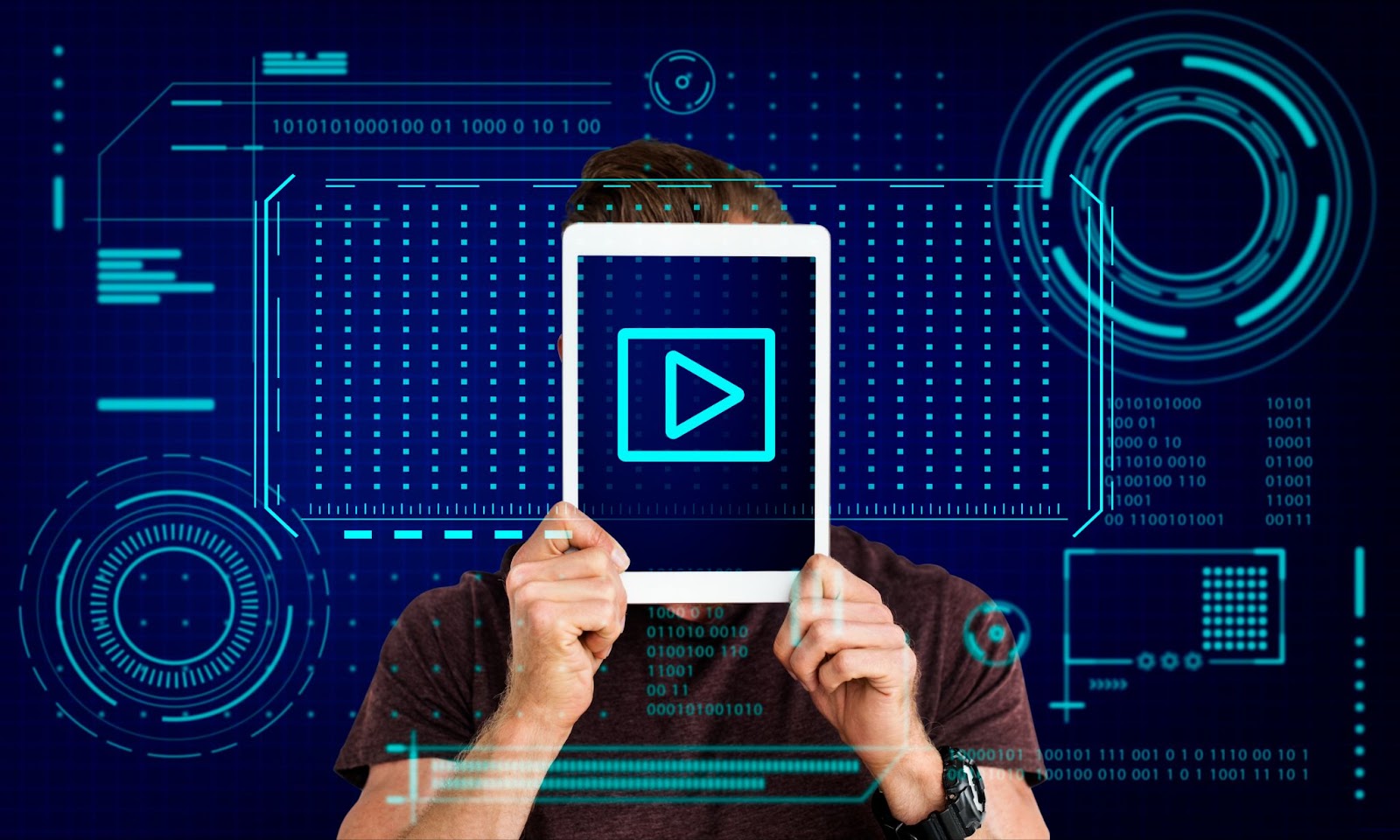
2. The Rise of AI Influencers
The emergence of generative AI influencers marks a significant shift in the way content is created and consumed. With the capability to generate realistic images, animation, and audio, generative AI is poised to redefine the landscape of influencer marketing and content creation.
Already, models like Miquela Sousa and Imma accumulate millions of followers. As avatars based on emergent AI video synthesis tech, they post content and offer endorsements with no human required behind the scenes.
Generative AI influencers are virtual characters created using advanced AI algorithms and machine learning techniques. These virtual personalities are designed to look and act like real people, engaging with audiences on social media and other digital platforms. From fashion and beauty to travel and lifestyle, generative AI influencers are popping up in a wide range of niches, offering unique and engaging content that resonates with audiences.
We anticipate a proliferation of similar generative influencer archetypes to match commercial brand images or target demographic interests with personalized messaging. Trained on mountains of data from social media preferences to purchasing history, AI-powered synthetic video influencers could prove incredibly persuasive at scale. For those influencers creating digital twins of themselves, using a live captioning service like Live Caption AI will let you feed your conversational data into a virtual AI influencer, enabling it to speak precisely as you do and give responses to your audience exactly as you would in real life.
Increased personalization may improve content relevancy and engagement for audience members. However, risks related to data privacy, stereotyping, and lack of transparency loom large. Without rigor regarding explainable AI and fair representation, generative influencers could perpetuate harm by selectively distorting reality.
For human influencers, generative competitors introduce economic uncertainty by lowering barriers to entry and costs of production while reaching untenably vast audiences. Many may feel pressure to undergo cosmetic procedures or body augmentation to stay competitive with idealized AI renditions. Children could also face self-esteem struggles comparing themselves to these synthetic peer illusions of perfection.
3. AI-Tailored Learning
Generative video AI stands to become a powerful tool for transforming education. Automated lesson creation tailored to individual learners’ strengths and needs will expand access and impact. Students struggling with a concept will instantly receive supplemental video explanations precisely adapted to address gaps in understanding from an AI solutions company cloned for optimal learning.
In the quest for technological progress, understanding AI algorithms shapes our approach to innovation. These algorithms, complex constructs of mathematics and logic, enable machines to parse data, refine processes, and execute sophisticated decisions. Such understanding paves the way for breakthroughs, while also confronting us with the ethical and practical challenges of integrating artificial intelligence into our lives.
Such personalized educational video content keyed to real-time formative assessment data may soon enable self-driven mastery at each student’s unique pace. Learners will gain agency to direct their own academic journeys augmented by AI. This represents a shift from today’s dominant one-size-fits-all instructional paradigm that leaves many children behind.
This will enable personalized education by creating customized and interactive video content that adapts to the learner’s level, pace, style, and goals.
By analyzing student data and performance, AI can generate video content that addresses knowledge gaps and reinforces key concepts. This personalized approach can help students learn more effectively and efficiently, enabling them to achieve their full potential.
Additionally, video-based chatbots promise more inclusive access to tutoring support. Synthetic avatars could provide homework explanations or academic encouragement whenever a student requires help instead of only during scarce teacher availability. Such tools may prove especially beneficial for students lacking such resources today.
However, proper safeguarding of children’s wellbeing remains integral given the influential nature of video content. Parameters around ethical data gathering, emotional manipulation, and developmentally appropriate material require careful balancing with personalization capabilities. Well-structured oversight combining compassionate human judgment with AI efficiency appears essential to truly unlock generative video’s potential for advancing education overall while protecting society’s most vulnerable members.
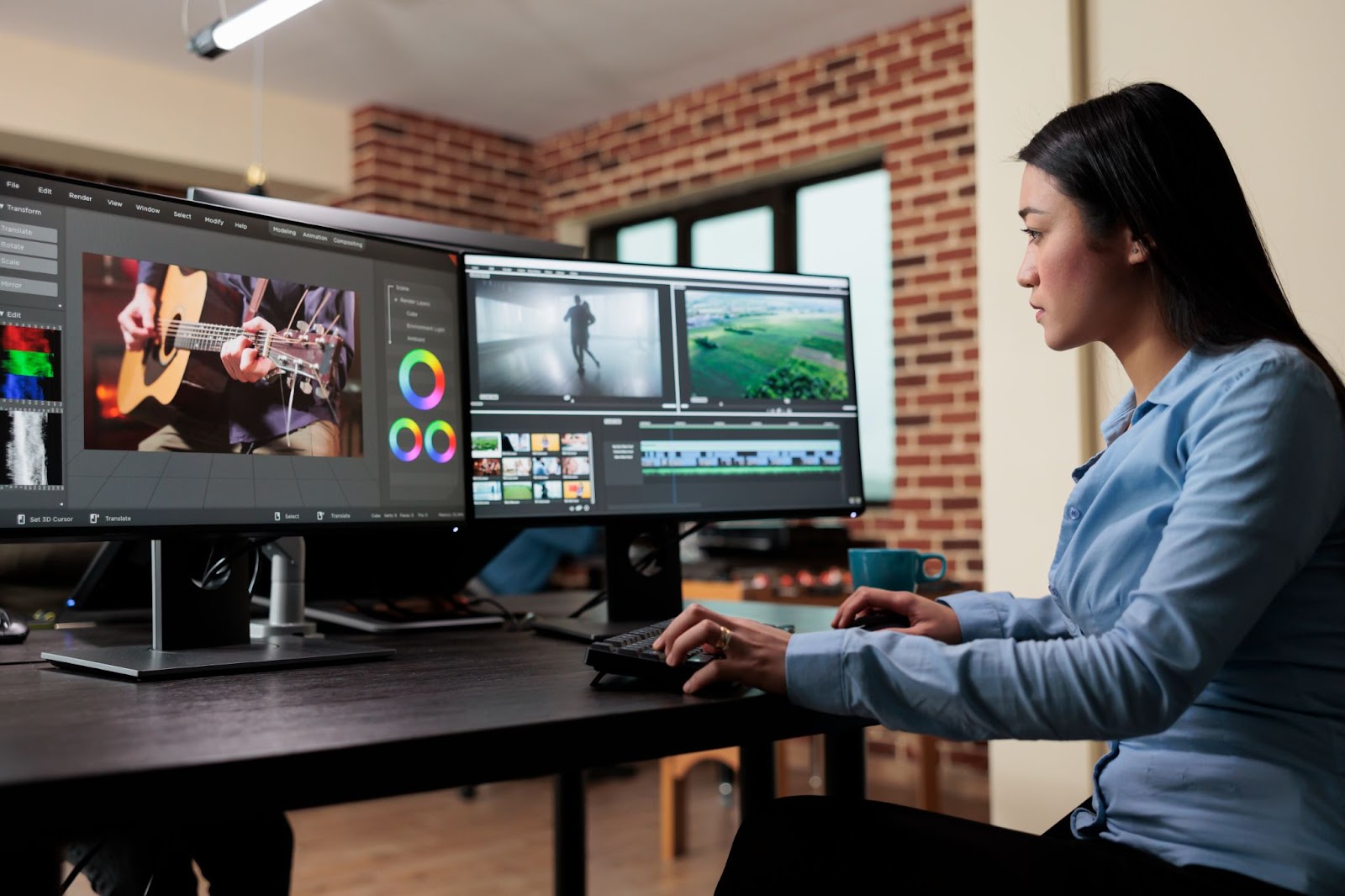
4. Video Marketing Reimagined
The world of marketing is being revolutionized by the power of generative AI, offering new possibilities for creating engaging and personalized video content. By leveraging the capabilities of AI, marketers can generate customized video ads that resonate with individual viewers, driving higher engagement and ROI for businesses.
By using advanced algorithms that can synthesize realistic and diverse video content from text, images, audio, or other videos, marketers can save time, money, and resources while enhancing their creativity and effectiveness.
Brands may soon leverage mountains of data from browsing history to social media activity to train video avatar salespeople optimized for each customer. A sports apparel company could deploy AI-generated videos of a personalized virtual representative fluent in a shopper’s native language, aligned with their hometown team, and occupying settings from familiar neighborhoods to psychologically influence purchasing signals.
While improved personalization and predictive analytics promise more relevant, effective advertising, risks abound regarding privacy, manipulation, and bias. Strict regulations around ethical data sourcing, stereotyping, and consumer transparency seem necessary to avoid generative video marketing further eroding societal trust. Without oversight, micro-targeted synthetic video risks becoming an immensely powerful propaganda tool for those with access to masses of data.
5. Battling Deepfake Fraud
As AI video quality advances, deepfakes create rising threats of fraud by passing standard identity checks. With a single sample, AI can already generate photorealistic media impersonating real people. Such outputs could fool common know-your-customer (KYC) processes that rely on video validation of user identities. As AI media quality improves, deepfakes represent a rising concern for fraud, scams, and misinformation that could undermine standard identity verification practices.
Deepfake videos, which superimpose faces, voices, and actions onto existing footage, pose significant risks to individuals, organizations and society as a whole. These risks include:
- Financial Scams: Deepfake videos used to impersonate individuals and trick them into sending money or revealing sensitive financial information.
- Identity Theft: Deepfake videos used to create fake IDs, passports, and other documents, enabling criminals to impersonate others and engage in fraudulent activities.
- Reputation Damage: Deepfake videos used to spread misinformation and damage the reputation of individuals and organizations.
- Manipulation of Public Opinion: Deepfake videos used to manipulate public opinion by creating fake news or altering the content of existing videos for ie politics.
With a single sample, generative AI can already swap a person’s face onto target footage with photorealistic quality. Existing tools are not equipped to detect this.
However, solutions are emerging to counteract these threats.
AI detection involves using machine learning algorithms to analyze image, video and audio content for signs of manipulation or tampering. This technology is enabling the detection of advanced deepfakes, fighting AI with AI.
With responsible use and AI detection, organizations can update their KYC and authentication protections against deepfake-enabled fraud.
From film production to personalized education and marketing, AI video unlocks new levels of customization, automation, and innovation. However, risks around deepfakes and misinformation arise.
Thankfully, solutions are emerging alongside the challenges. AI detection systems leverage forensic analysis and digital watermarking to catch media forgeries.
By recognizing both immense possibilities and pitfalls early, individuals and institutions can strategically guide Generative AI video technology toward creative heights never seen before. Just as the advent of writing and photography expanded expression and influence in prior eras, generative video AI marks the next chapter in augmented creativity’s timeless unfolding.
Generative AI video will fuel a creative renaissance across media, marketing, entertainment and education. Together, we can embrace the promise of generative AI Video, leveraging its potential to inspire, educate, entertain and connect us in ways we have yet to imagine.
6. Amplify Sales Outreach with AI Video
As AI continues to transform the way businesses create and deliver content, combining generative AI video with automated outreach tools is becoming a game-changer for scaling marketing efforts. By integrating platforms like pipl.ai, companies can seamlessly move from creating highly personalized video content to delivering it to the right leads at the right time, maximizing engagement and conversions.
Here’s how businesses can benefit from combining AI video creation with pipl.ai’s lead generation and outreach automation:
- Generate Engaging, AI-Powered Videos: Use Invideo to create dynamic, personalized video content that speaks directly to your target audience.
- Automate Lead Generation and Scraping: pipl.ai automatically scrapes leads based on specific business needs and ideal customer profiles, saving time and eliminating manual research.
- Efficient Cold Email Campaigns: Automate the outreach process by sending tailored cold email campaigns that directly link to your AI-generated videos, enhancing the personalization of your communication.
- Streamlined Workflow: Automating both content creation and lead outreach allows teams to focus on higher-level strategy while AI handles the heavy lifting of generating leads and distributing personalized content.
- Boost Engagement and Conversions: target the right audience and deliver personalized messaging at scale, businesses can improve both their engagement rates and conversions, turning cold leads into warm prospects.
Conclusion
From filmmaking to social influencers, AI video will have effects across the media landscape. The positive outcomes for people around the world will be increased access to personalized information while businesses will benefit from how their marketing efforts will scale on a 1-to-1 basis as well. AI video will not be without its downsides for both business and consumers:
- Business will have to equip themselves with AI detection against the new fraud coming from this technology
- Consumers will have to train themselves to question if what they see is AI or not.
Overall, Generative AI video will create new opportunities to push creativity in both our professional and personal lives in ways not seen since the invention of the smartphone camera.
Latest Posts
-
How to Measure the Success of Your Videos for Digital Marketing Campaigns
-
Simple Guide to Download Your Favorite Clips
-
How to Make Your Blog More Engaging With Diverse Content
-
How to Promote a Travel Agency Website on YouTube
-
Effective Social Media Marketing Strategies & Tips for the WooCommerce Store
